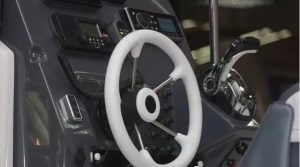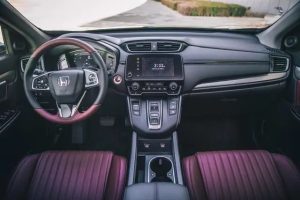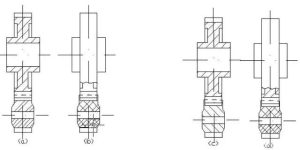Product design, industrial design and mechanical design are different ~ ~ ~
Industrial design, product design and mechanical design are both related and different. They are accomplished by many people working together. Few people can master these different tasks at the same time.
Industrial design: Essentially, it is a design of appearance. It is primarily an aesthetic expression of the design and expression of the appearance, features, materials, colors, surface treatment methods, etc. of industrial products. It is widely used in industries such as industrial products, handicrafts, and daily necessities. A really good industrial designer should understand and be familiar with the working principle, function realization method, internal structure, product realization process, manufacturing method, mold realization method, etc. in addition to his aesthetic creation skills. The designed product. Only in this way, the appearance of the design can be “reliable” and the product can be realized. Otherwise, it can only be a joke, just scrap paper.

Product design: generally refers to the design of the internal structure of the product, the design of the support, connection and position relationship between the parts, and the realization of the function of the whole machine, generally applies to the design of the structure of non-transmission parts. There are also some special cases, a small part of the product design includes the design of the exterior, the exterior design and structural design together to complete. Product design, but also need to master a very comprehensive knowledge, otherwise, the same can only be theoretical, or the product can not be realized, or product design clumsy, or high cost, or low reliability and many other defects, in short, a good product and a poor product, in the eyes of professionals, the difference is huge. The focus of product design is on product appearance, level of detail workmanship, cost control, etc. For example, the structure of a cell phone product is not complicated, but the level of quality is quite high and the grasp of details is quite good.

Mechanical design: Generally speaking, it is mainly applied to non-standard automation equipment, mechanical equipment, robotics and other industries. It is mainly for products with many moving parts, featuring complex whole machine, expensive unit price and high technical content, but the production volume is generally not too large. This position requires a solid foundation in mechanical principles, mechanical analysis, and motion simulation. Knowledge of each component is also required. This is a relatively high threshold position. The focus of mechanical design products is on functional implementation, reliability, performance parameters, etc. And the requirements for industrial design, user experience, appearance quality, etc. are relatively low. For example, the design of machine tools requires high reliability and high performance.

The three different positions mentioned above can be said to be interrelated, but with significant differences. For example, with industrial design and product design, an item needs to be designed for both surface and structure. At this point, you need to know not only surface design, but also learn the design of major surfaces and structures. Therefore, learning should be relevant. For your industry, what the industry needs to master and what you have learned!